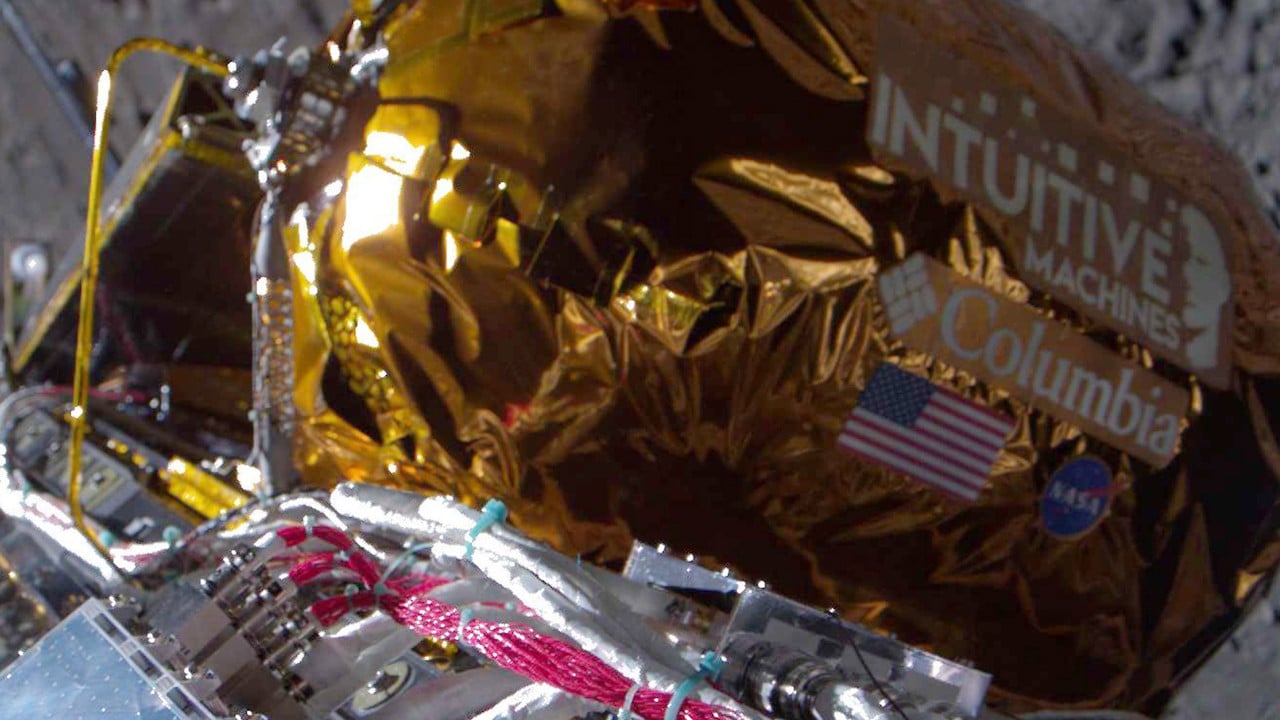China sends trio to Tiangong space station from Gobi desert launch as authorities declare 2030 moon landing on track
- Chinese space agency deputy director declares China on track to put astronauts on the moon by 2030
- Shenzhou-18 crew expected to build a stable ‘self-circulating aquatic ecosystem’ and cultivate vertebrates in orbit: space authority

The Shenzhou-18 spacecraft successfully lifted off from the Jiuquan Satellite Launch Centre in northeastern China’s Gobi Desert at 8.59pm, the China Manned Space Agency (CMSA) announced shortly after the launch.

On board the spacecraft are mission commander Ye Guangfu, a veteran of the 2021 Shenzhou-13 mission, and crewmates Li Cong and Li Guangsu, who are both former fighter pilots and on their first space flight mission.
The trio will take about six and a half hours to arrive at Tiangong after the spacecraft reaches orbit and performs an automated rendezvous to dock with the space station some 400km (250 miles) above Earth, CMSA deputy director Lin Xiqiang told the media at Jiuquan on Wednesday.
The crew will be greeted by the three Shenzhou-17 astronauts who have lived and worked on Tiangong since October and are scheduled to return to Earth in about a week.
During the Shenzhou-18 crew’s six-month-long stay in orbit, they will mainly be tasked with conducting scientific experiments and spacewalks as well as routine maintenance and management of the space station, according to Lin.
